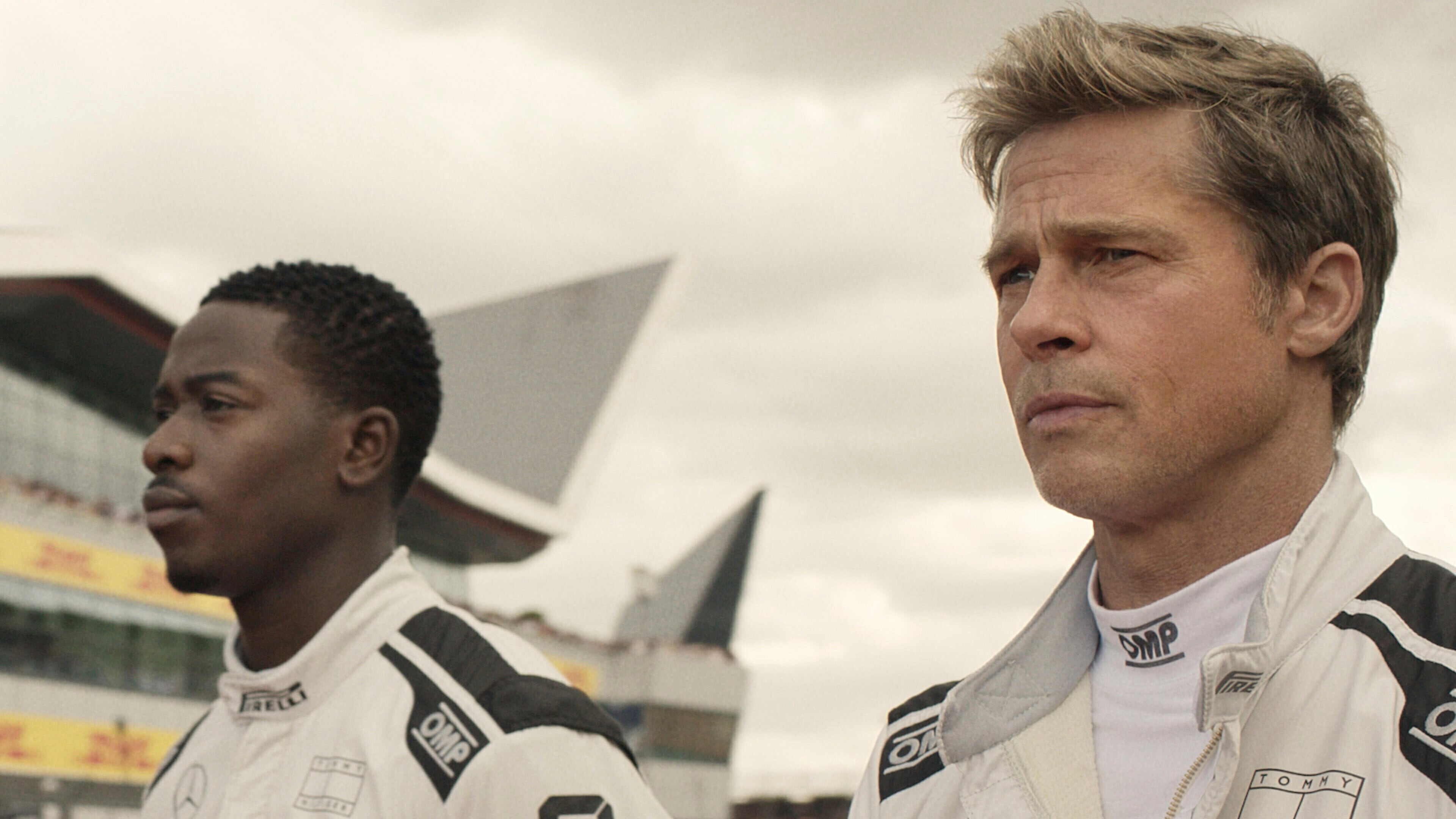New Yorkers may have a love-hate relationship with the troubled Metropolitan Transportation Authority (MTA) public transit system, but since the onset of the pandemic, most won't go near it.
With ridership down some 85 percent — and a return to normal still a way off — data suggests New Yorkers are swapping their MetroCards for car keys and taking to the streets.
"We already had terrible traffic conditions prior to the epidemic, but what we are going to see is not only people who normally drive their cars, add people who rode transit before, and some people who used to carpool but decided they want to drive alone," said transportation consultant Sam Schwartz, who goes by Gridlock Sam.
"There is a real risk we will be overrun with cars and we won't be able to function," he added.
Governor Andrew Cuomo's New York State on PAUSE order, which went into effect March 22, recommended New Yorkers use public transit for essential use only, and practice social distancing to further protect themselves. Research suggesting coronavirus transmission occurs most frequently in cramped, indoor spaces with poor ventilation (like subway cars), did little to restore the public's enthusiasm for their notoriously filthy subway system — even in spite of ramped up cleaning efforts. Official recommendation from the Centers for Disease Control (CDC) that workers commute alone to work if possible hasn't helped matters.
An MTA spokesperson confirmed that even after the crisis subsides transit leadership expects the volume of riders will only return to about 50 or 60 percent of normal. Some of those remaining residents who opt out of public transit longer term will likely continue to work from home, while others will turn to alternative forms of transportation like cars, ride-sharing, and bicycles.
BIKES
As MTA ridership plunged, bicycle sales surged in New York after the onset of the pandemic. Charlie McCorkell, founder of Bicycle Habitat and a cycling enthusiast since the '70s, said sales across his three shops were up about 40 percent on average, year-over-year.
That should have been a boon for a shop that shuttered in the first weeks of April in order to do its part to flatten the curve, but unexpected demand met coronavirus-related supply chain disruptions and made for a shortage of bikes — especially affordable ones — right as bicycle sales season kicked into full swing.
"June is the biggest month for bikes, typically," McCorkell said. "This June is going to be our worst month for bikes in years, possibly ever."
It's the same in bike shops across New York City, like Ride Brooklyn and King Kog, as well as shops across the entire U.S. Brooklyn Bicycle Company supplies some 450 bike shops, including Bicycle Habitat, across the U.S. and Canada. President Ryan Zagata said Brooklyn Bicycle Company's sales surged some 615 percent year-over-year in the month of April. He said demand was not only coming from would-be commuters, but also customers looking for entertainment and exercise.
The demand meant the Brooklyn Bicycle Company ran out of bikes entirely by early May. And bikes in incoming shipments throughout the first half of June were already spoken for.
"It's really a squeeze on both sides. On the supply side almost every bike in the country has some exposure to Asia," Zagata said. "On the other side is this intense demand for bikes."
But bikes aren't the only way New Yorkers are getting around.
CARS
The week New York City went into lockdown, the number of cars on city streets plunged some 38 percent year-over-year, according to data collected by the New York Department of Transportation. Traffic bottomed out the following week and has been creeping back up ever since. In the last week of May, the number of cars on city streets was only down some 7 percent year-over-year. Considering transit use is still substantially down, traffic stabilization suggests people are picking personal vehicles over subway cars.
Furthermore, Gothamist reported that car sales nationwide are down overall, but have ticked up recently — especially in New York City.
It's no surprise people would turn to cars amid a global pandemic. The CDC even recommended employers incentivize employees to drive themselves to work alone, which runs contrary to years of advice that recommended people take public transit or carpool to cut down on congestion and pollution.
The CDC has since amended its recommendations to include driving alone or with members of the same household, as well as biking, or walking to "minimize close contact with others."
Mayor Bill de Blasio characterized a surge in cars as a "short-term reality," in a press conference in late May, but unlike a surplus of bikes in the city, cars can't easily be stowed away. They take up parking spaces on streets and contribute to congestion that threatens public health in numerous ways.
Advocates like Schwartz and McCorkell said high volumes of motor vehicles — like the levels in New York City — contribute to untenable congestion; pollutants that threaten the environment and lung health; and city streets that are dangerous for drivers and pedestrians, as well as for those novice bikers.
THE FUTURE OF PUBLIC TRANSIT
Since the pandemic brought commuting in the city to a near halt, officials have taken steps to make New Yorkers feel safer using public transit to get around. The MTA unveiled a 13-step plan in advance of New York City's June 8 Phase 1 reopening. The plan will continue the more rigorous cleaning regimen that includes shutting down the train from 1 am to 5 am daily, mandating passengers and employees to wear masks, and introducing new signs and floor markings designed to encourage social distancing.
The MTA said it would also offer masks to commuters who may have forgotten — but only during the first week after reopening.
In a letter to city officials, MTA Chairman Pat Foye and Interim President of New York City Transit Sarah Feinberg wrote that responsibility for safety ultimately falls to commuters themselves who need to continue to wash their hands, adhere to social distancing, and cover their faces.
De Blasio also unveiled a plan to add, enhance, or make permanent up to 20 miles of bus lanes along popular routes in the city's five boroughs. The mayor has said the plan will help increase service and reduce congestion along popular routes and help some 750,000 daily riders.
Schwartz said that while provisions like De Blasio's are encouraging, more needs to be done to discourage driving.
"The risk is we make short-term decisions now that cause long-term impacts on the transit system, such as abandoning it in some places," he said.
He recommended implementing policies like vehicle capacity caps during certain hours for busy areas like Manhattan's Central Business District, restricting access to certain areas for vehicles with one occupant, and congestion pricing, like the kind proposed by Gov. Andrew Cuomo in 2019.
For his part, Bicycle Habitat's McCorkell urged the city's leaders to consider expanding and making permanent its open streets initiative to create more bike and pedestrian-friendly cities.
"It is time for the city to radically rethink transportation," McCorkell said. "Think about the long-term effects of having more people drive. We need to discourage that type of behavior now. We shouldn't waste the opportunity this crisis brings to rethink the way we use our streets."












